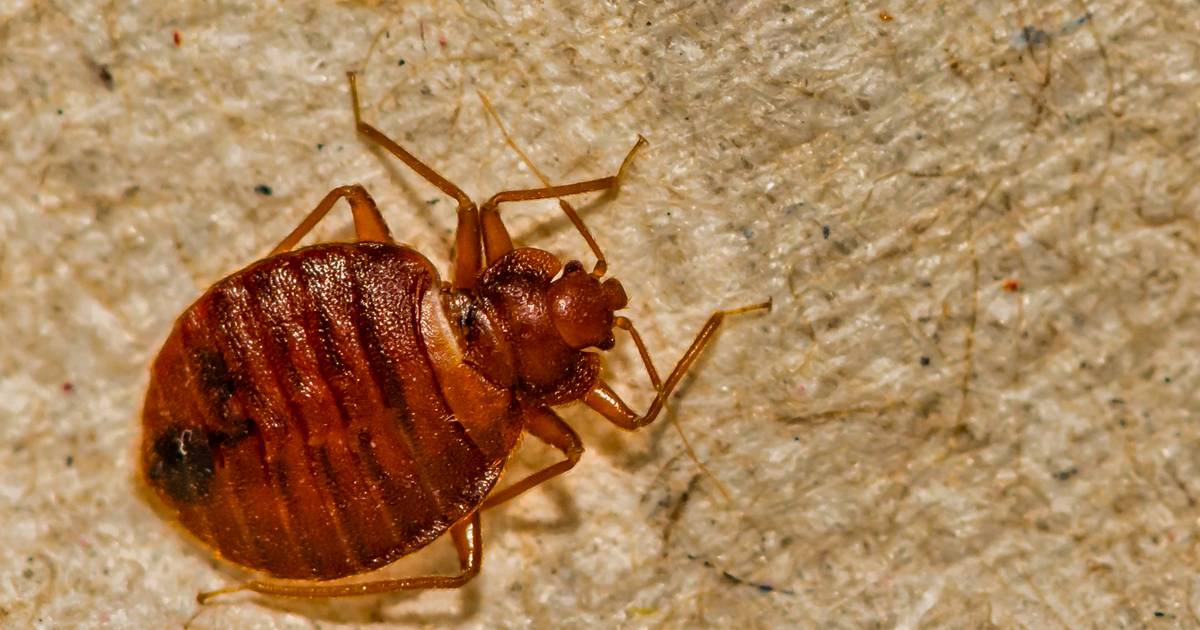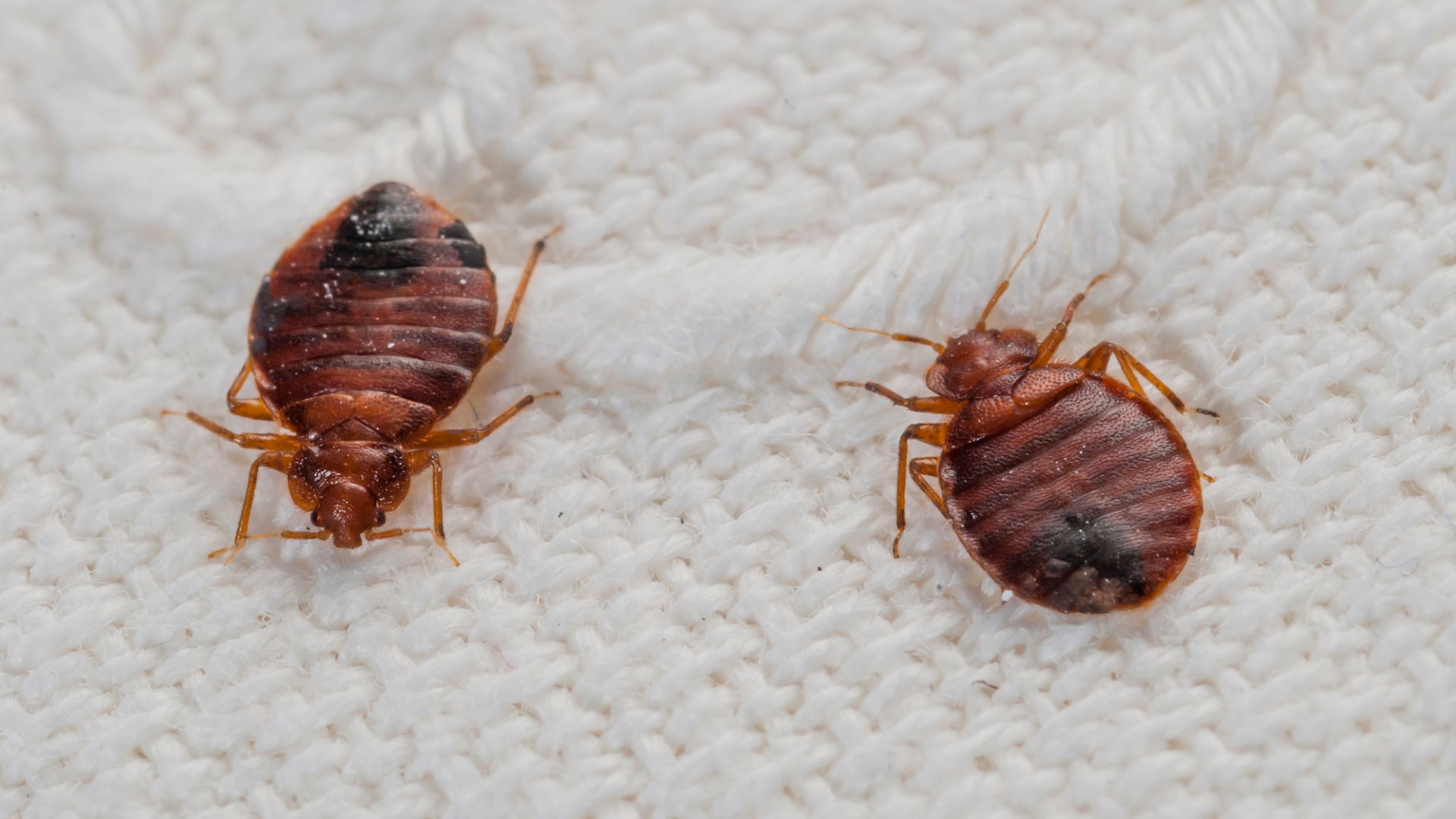Get Educated Concerning the Kinds Of Bug Control Methods and Their Benefits for Home Owners
Understanding the various parasite control methods available to house owners is crucial for efficient bug monitoring. From chemical and organic approaches to mechanical and social techniques, each approach offers special advantages that can substantially impact both health and wellness and ecological safety and security. Home owners that are knowledgeable can make strategic choices that not only address pest issues but additionally boost the total high quality of their living setting. As we discover these techniques further, it ends up being clear that the decision-making process involves greater than just instant results; it discuss long-lasting sustainability and well-being. What elements should influence these essential choices?
Chemical Bug Control Techniques
Chemical pest control approaches are an essential part of integrated pest monitoring methods for property owners looking for efficient services to pest infestations. These approaches involve the application of chemical compounds developed to eliminate or prevent insects that intimidate personal effects, health and wellness, and convenience. Typical chemicals made use of include pesticides, fungicides, herbicides, and rodenticides, each customized to target particular pests.
The key advantage of chemical bug control is its fast effectiveness; lots of formulations supply prompt results, lowering pest populations dramatically in a short time. Furthermore, advancements in chemical formulas have actually led to items that are extra environmentally friendly and have reduced poisoning levels for non-target organisms when used appropriately.

Biological Parasite Control Strategies
Natural pest control approaches have gained prestige as property owners seek much safer and much more lasting options to traditional chemical strategies. Biological parasite control methods utilize all-natural predators, parasites, or virus to handle pest populaces effectively. This approach is not only eco friendly yet also lessens the risk of damage to non-target species, including beneficial bugs and wild animals.
One of one of the most common organic control methods includes presenting all-natural predators into the setting. As an example, ladybugs can be made use of to regulate aphid populaces, while nematodes target soil-dwelling pests like grubs. Additionally, parasitoids-- microorganisms that live on or within a host-- can be employed to regulate details insect types by laying eggs inside them, ultimately leading to their death.
An additional approach is using biopesticides, which are stemmed from all-natural products such as plants, germs, or minerals (bed bug exterminator). These products can effectively target pests while posturing very little threat to pets and human beings. Overall, biological pest control techniques offer property owners with an efficient methods of parasite administration that lines up with eco-friendly principles, promoting a much healthier living setting while decreasing reliance on synthetic chemicals
Mechanical Bug Control Approaches
Mechanical pest control strategies incorporate a variety of approaches that physically avoid or remove bugs without the usage of chemicals. These methods are especially beneficial for home owners looking for environmentally friendly choices while guaranteeing the safety of their space.
One usual approach is the usage of obstacles, such as traps, internet, and displays, which avoid insects from going into homes or details areas. For example, installing home window screens can efficiently maintain insects out, while using physical obstacles around gardens can discourage bigger bugs like deer or bunnies. Furthermore, mechanical catches designed for rodents can catch and get rid of these insects without the requirement for toxic materials.
Another reliable approach involves the usage of vacuum cleaners and brooms to remove pests straight from surface areas. Routine cleaning and maintenance can substantially reduce bug populaces by getting rid of food resources and concealing areas. In addition, using tools like ultrasonic parasite repellents can deter different parasites through noise waves that are unpleasant to them yet inaudible to people.
Cultural Insect Control Practices
Cultural insect control methods focus on changing the setting and administration methods to develop conditions that are less helpful to pest problems. These practices are fundamental in view it now keeping a balanced ecological community and reducing the reliance on chemical interventions. By altering agricultural techniques, home owners can successfully prevent bugs while promoting plant health.
One common technique consists of crop turning, which disrupts the life cycles of parasites by altering the kinds of plants grown in a specific location (bed bug exterminator). This not just reduces pest populaces but additionally improves dirt health. Furthermore, intercropping-- growing varied crops in closeness-- can confuse insects and lower their ability to find their recommended host plants
Water administration is one more critical aspect of cultural practices. Appropriate irrigation techniques can prevent standing water, which acts as a breeding place for mosquitoes and other pests. Maintaining cleanliness in and around the home, such as frequently getting rid of particles and food waste, can considerably lower insect attraction.
Including these cultural practices into a comprehensive insect administration strategy permits homeowners to develop an environment that normally hinders parasites, therefore boosting the performance of various other control approaches while promoting sustainable gardening and landscape design.

Integrated Parasite Administration Approaches
Integrated Bug Administration (IPM) stands for a holistic strategy that incorporates numerous strategies to efficiently take care of parasite populaces while lessening environmental effect. This approach integrates organic, social, physical, and chemical techniques to accomplish lasting parasite control. By assessing pest populaces and their all-natural opponents, IPM stresses monitoring and determining pests prior to implementing control measures.
One of the core principles of IPM is making use of thresholds, which establish the degree of bug activity that warrants treatment. This guarantees that treatments are used just when needed, lowering the dependence on chemical pesticides. Biological control methods, such as introducing natural killers or parasites, operate in conjunction with social practices like crop rotation and habitat control to interfere with pest life process.
Furthermore, IPM motivates making use of least-toxic chemical alternatives when treatment is essential, focusing on products that position very little danger to non-target microorganisms and the environment. For homeowners, taking on IPM approaches not only boosts the efficiency of parasite monitoring but also promotes a healthier living environment, promoting biodiversity and reducing chemical direct exposure. Eventually, IPM equips property owners to make informed choices that balance pest control with ecological responsibility.
Final Thought
In final thought, recognizing the various pest control methods empowers home owners to make educated choices regarding pest administration. Each approach-- chemical, organic, mechanical, social, and integrated insect monitoring-- provides distinct benefits that provide to different needs and preferences.
Recognizing the numerous bug control techniques offered to property owners is vital for efficient pest management.Chemical home parasite control techniques are an important element of integrated parasite monitoring methods for property owners looking for reliable solutions to pest problems. Generally, biological parasite control methods supply house owners with an efficient methods of insect management that lines up with helpful site ecological concepts, promoting a much healthier living atmosphere while reducing reliance on artificial chemicals.
Cultural pest control practices concentrate on changing the atmosphere and management strategies to create problems that are less favorable to pest infestations.In final thought, recognizing the different parasite control techniques equips homeowners to make educated choices regarding pest administration.